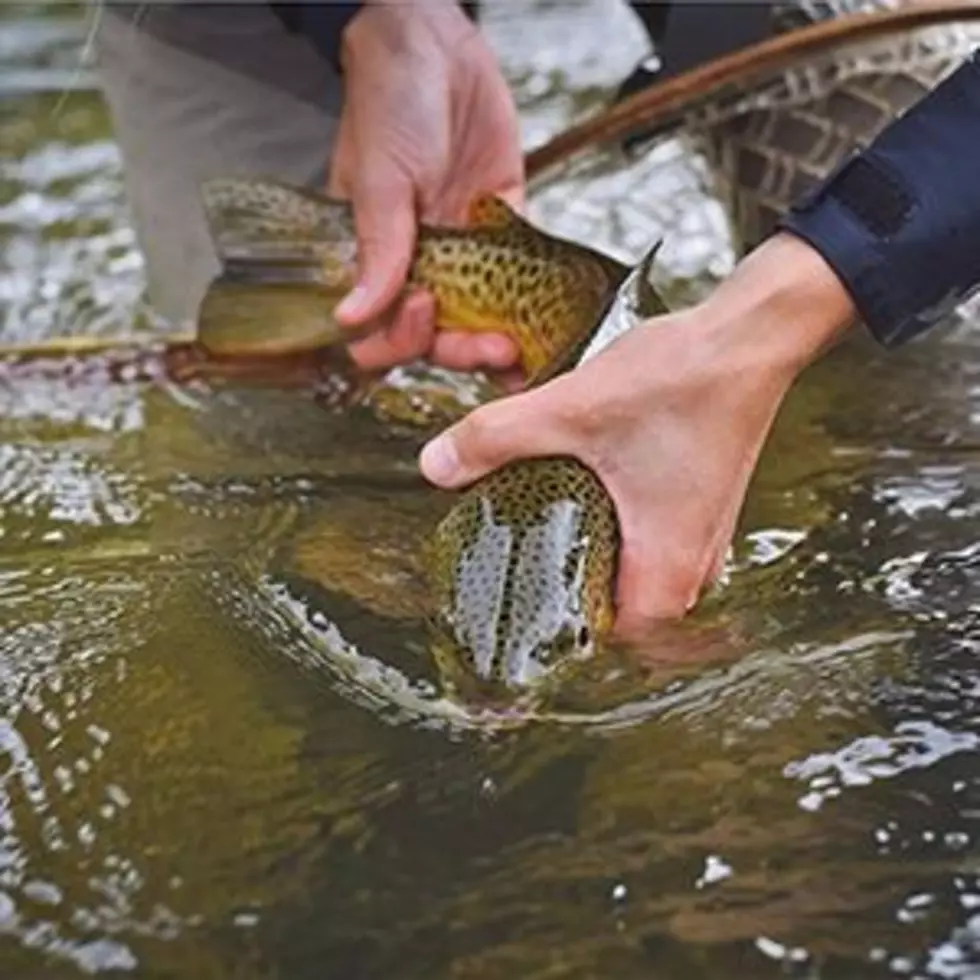
FWP commission OK’s native fish restoration projects
After a two-month delay, the Fish and Wildlife commission voted to allow all native fish restoration projects to move ahead.
At Thursday’s commission meeting in Helena, FWP commissioners voted unanimously to allow biologists to conduct 22 native fish restoration projects that have been on hold since late April. A previous commission has already approved eight of those projects, and almost all the projects have already undergone an environmental assessment with public comment.
FWP Director Hank Worsech put the projects on hold at the end of the Legislative session, saying his decision was prompted by discussions during the passage of Senate Bill 360, which is one sentence that requires FWP to review the state fisheries management plan.
FWP spokesman Greg Lemon said in May that Worsech decided the restoration projects required approval because they involved the removal of all fish in various lakes or stream reaches to eliminate nonnative fish that would outcompete or kill native fish. Such fish removal would affect angler opportunity so state law required it, Lemon said.
However, for the past two decades, FWP has carried out many such restoration projects without the need for commission approval. During a May 20 working session, FWP attorney Becky Dockter tried to explain why she interpreted state law as requiring commission review for restoration projects. Dockter said no specific requirement exists but that the commission has the authority to review such projects.
The delay angered Montana Trout Unlimited members who often contribute to such restoration projects. A delay of two months can put projects far enough behind in the summer that biologist sometimes have to wait for the next season before they can carry out the work.
“These projects go through extensive planning and it’s important to see that work through. I know often these are controversial. But we know that the professional staff puts a tremendous amount of energy into these and these are the ones that made the cut,” said Montana Wildlife Federation spokesman Nick Gevock.
Out of the 209 comments FWP received, 172 were in support of the restoration projects.
“These projects only improve the tremendous fisheries that Montana is known for and enhance the angling opportunities throughout the state,” said Mike Bias, Fishing Outfitters Association of Montana executive director.
Commissioner Patrick Byorth asked if the commission would have to approve multi-year projects again next year. Fisheries chief Eileen Ryce said all the projects need only an initial approval, even if they require several years to complete.
In other fisheries discussions, the commission voted to allow FWP Region 2 to explore the possibility of buying the 14-acre Brown’s Lake fishing access site in the Blackfoot Valley. The agency currently leases the site from a landowner, but it’s become the most expensive lease in the state.
The landowner wants to buy adjacent property so he’s willing to sell the access site plus some U.S. Fish and Wildlife Service conservation easements on other parts of his property. FWP can’t move quickly on the purchase so The Conservation Fund has offered to buy and hold the property.
Up near Georgetown Lake, FWP is proposing to sell 0.09 acres of the Stuart Mill Bay fishing access site to an adjacent private landowner, Bowman Neely. Neely said a driveway sits on the tiny wedge of land and the sale would reduce tension with access site users.
Contact reporter Laura Lundquist at lundquist@missoulacurrent.com.
